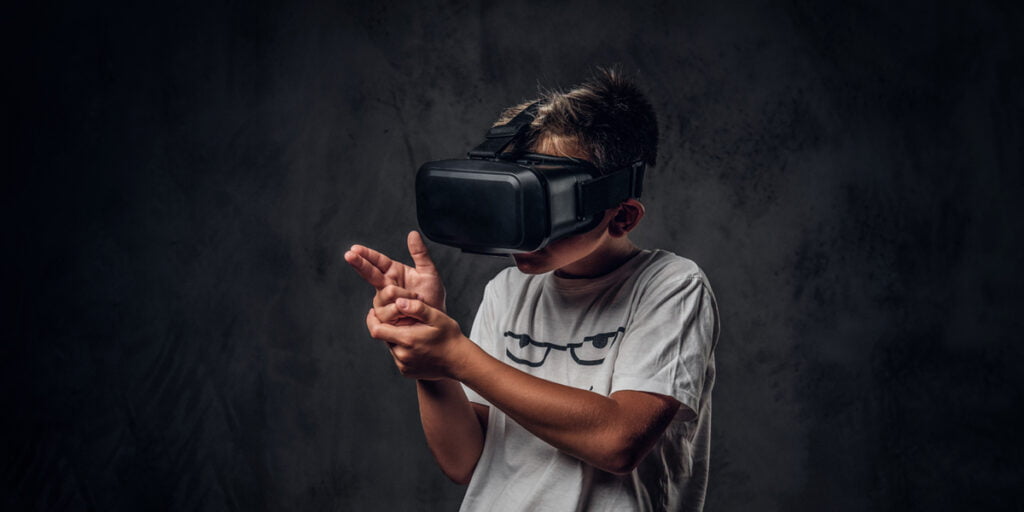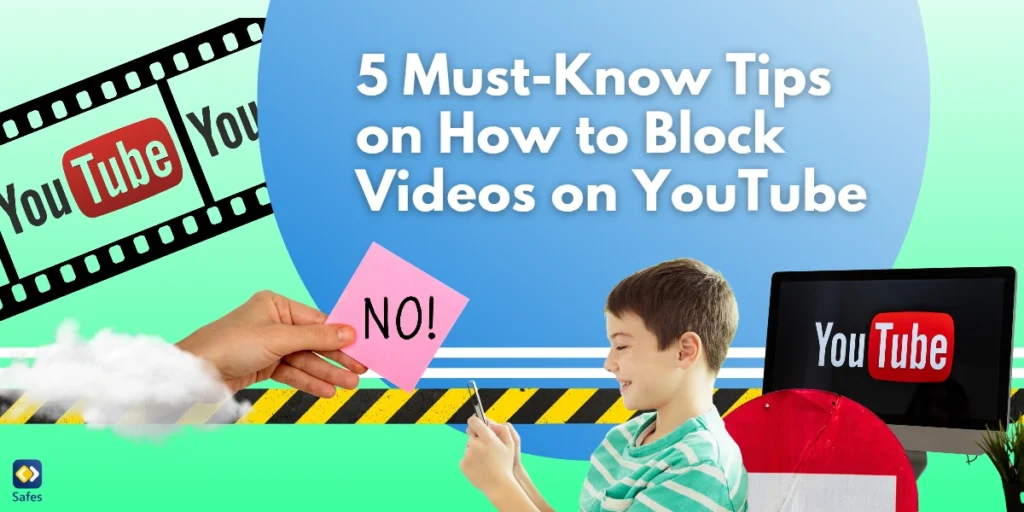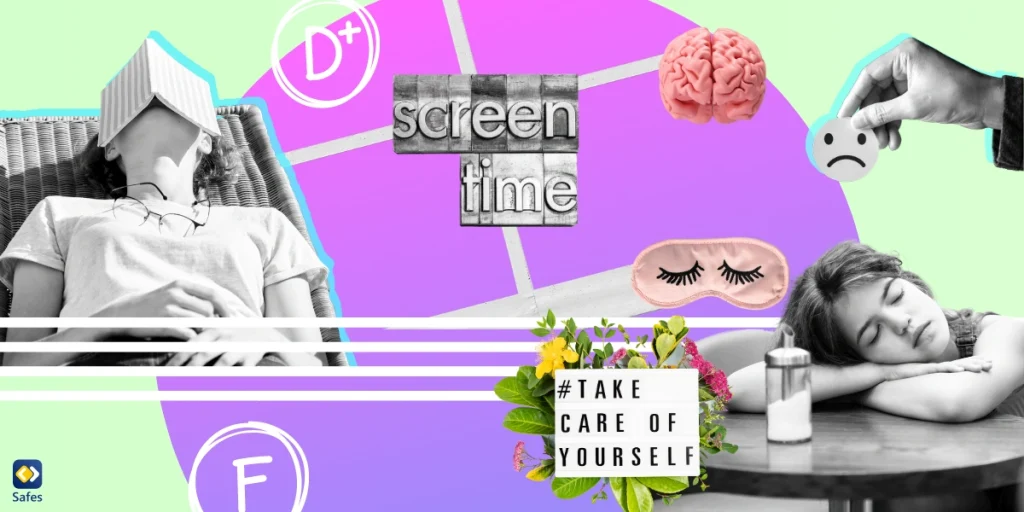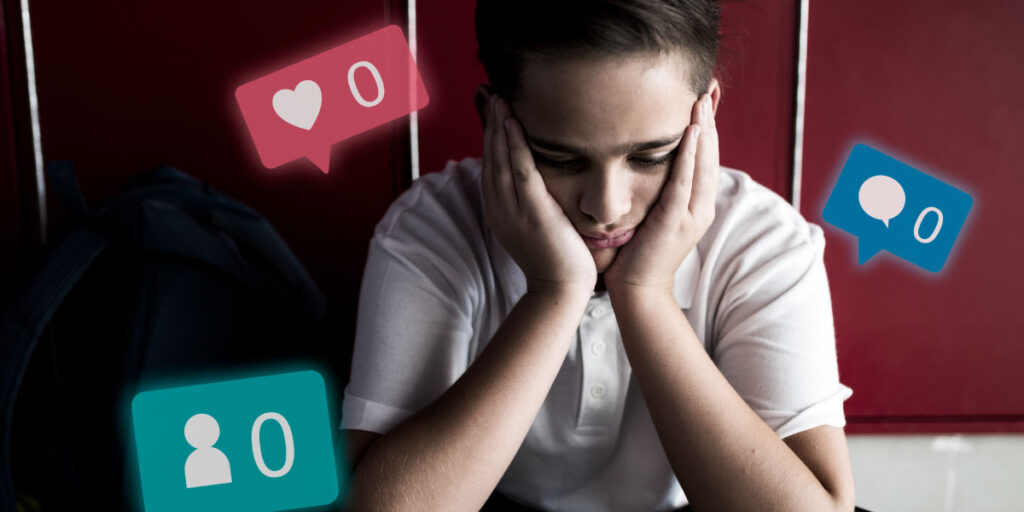Virtual reality is a growing field of technology and it’s practically on steroids. In fact, you’ve most probably heard of it, seen a VR headset, or have one at home. If you have children, the question “is virtual reality safe for kids,” might worry you sick.
Download and Start Your Free Trial of the Safes Parental Control App
The good news is that this exciting technology has a lot of uses. The bad news is that your worries are founded on scientific studies. So, let’s try to answer this burning question, “is virtual reality safe for kids?”
What Is Virtual Reality?
Imagine you’re in a forest. The birds are chirping, and you can hear the flow of a river coming from behind the trees of the dense forest. As you make your way through the forest, you hear your phone’s ringtone. It’s time to go back to reality. So, you take off your VR headset and exit your virtual reality to enter, for the lack of a better word, real reality.
Virtual reality (VR) tries to capture real experiences and simulate them, hence the name virtual reality. Today, the primary way to accomplish this is through VR headsets. Virtual headsets are worn by users. They show two different images to the user to create the illusion of depth. The images either come from a computer, gaming console, or phone that is connected to the headset.
Virtual Reality Applications
Virtual reality has entered many industries and many more professionals see the technology as a gateway to the future. Virtual reality has already changed the way we interact with the world. People interact with strangers through their virtual avatars. They participate in activities; even taking yoga classes while they’re at it!
But VR technology isn’t just something being developed for fun and influencing society as a side-effect. Rather, its applications are numerous and many fields have shown that the technology has promising capacities for the future. Here are a few examples of VR applications.
Virtual Reality in Gaming
Gaming might be the most prominent application of virtual reality technology. The most sophisticated VR headsets are ones made for gaming. The gaming industry has made strides in developing games made specifically for VR. Newzoo’s VR Game Revenue study projects that VR game revenues will increase over sixfold shortly.
Virtual Reality in Education
Education is a broad term. Yet, it seems virtual reality is popping up everywhere and anywhere related even remotely to education. Those who want to become pilots and surgeons can practice in a safe virtual environment using VR ,which wasn’t previously possible. VR is also used for education in the military, mining industry, and other fields where the scenarios can easily become life-or-death ones.
But not all VR education is so specific. Today, many museums use VR to give you a tour of their collection without visiting the real place. The Louvre’s Mona Lisa VR experience for example has attracted many art lovers.
Virtual Reality in Medicine
The effects of virtual reality in curing illnesses are still being explored, but there are a lot of optimistic studies being published every day. For example, virtual reality exposure therapy can help PTSD patients in the near future. Other studies have shown virtual reality’s impact on persons with dementia to be positive.
Are Virtual Reality Headsets Safe for Kids?
Virtual reality may yield promising results in various scientific and artistic fields. However, using a VR headset has its own effects on individuals. We’ll focus on the positive and negative effects that virtual reality has on children and adolescents, not adults.
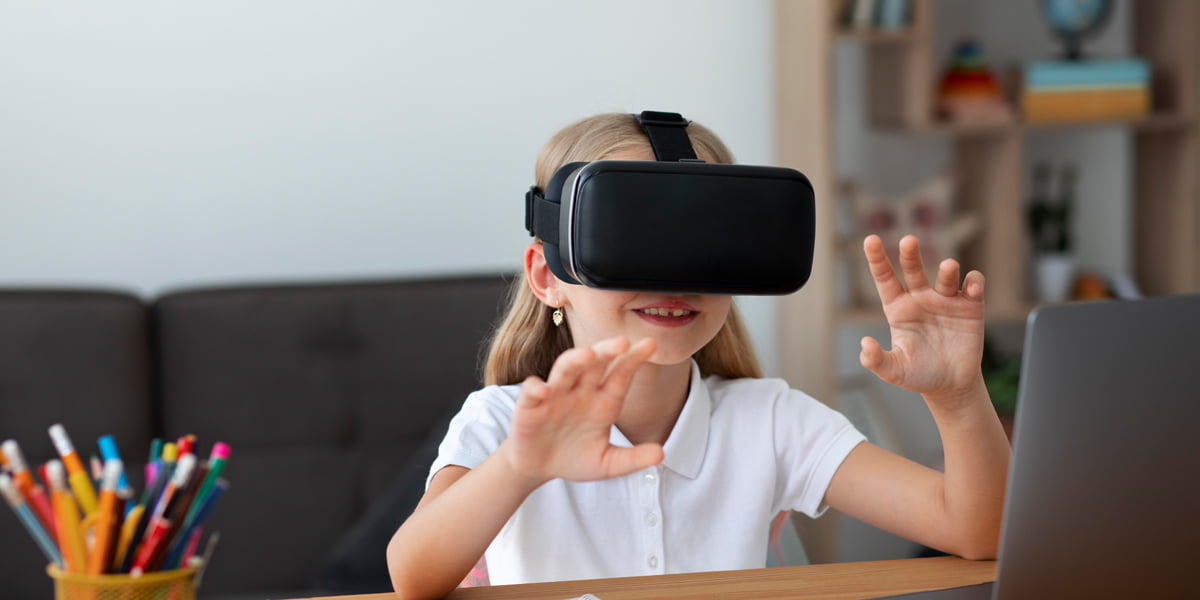
Positive Effects of Virtual Reality on Kids
Contrary to the belief of most parents, VR headsets aren’t all about games. Though your child might want you to buy a PlayStation VR or an HTC Vive VR headset so they can play games, you can use this to your advantage. VR headsets can help your child’s education without them being aware.
The most important positive aspect of VR is its educational capacity. Using VR headsets has already become a part of the e-learning education process in some classrooms around the world. This has several reasons, such as:
- VR is fun: The experience of virtual reality can help gamify the learning process, something many educators try to do on a daily basis.
- VR is immersive: VR technology can immerse your child in a world like no other medium available today. It shows them educational content that couldn’t be taught as easily using other means.
- VR education yields results: Virtual reality in schools is a real thing and the results are promising.
Negative Effects of Virtual Reality on Kids
Unfortunately, using this wonderful technology has many disadvantages, especially for young children. At the time of writing, all VR headsets available on the market have a minimum age restriction of 13 (one exception is 12). But there are still problems that we have to acknowledge.
First, we have to understand why the age requirement started at 13. The main suspect is the COPPA compliance that companies have to adhere to when selling products. This is the law in the U.S. but many other countries have equivalent laws. We used the word “suspect” above because honestly, nobody knows the real reason behind this industry standard.
We can better understand the problem if we know what the problems of VR are for children. Here are some of the most important adverse effects of VR that you need to know about:
The Vergence-Accommodation Conflict
Vergence and accommodation are two separate functions that the eyes perform, which help us see clearly. Simply put, Vergence is the movement of your eyeballs while looking for something and then fixating on it. If your vergence isn’t right, you experience double vision. After you fixate on something, your eye focuses the light on your retina, which produces a sharp image; this is called accommodation.
For both vergence and accommodation, your brain calculates the distance from the thing you’ve fixated on. Normally, these two distances usually match. But things are different when you use a VR headset. Because when you use a VR headset, two screens show slightly different images to create the illusion of depth. This is problematic because your vergence and accommodation distances don’t match.
The vergence-accommodation conflict is thought to be the reason why people feel motion sickness or dizzy after using a VR headset. Keep in mind that most people can remain comfortable with the vergence-accommodation conflict for a short amount of time, especially if the difference in distance isn’t that much.
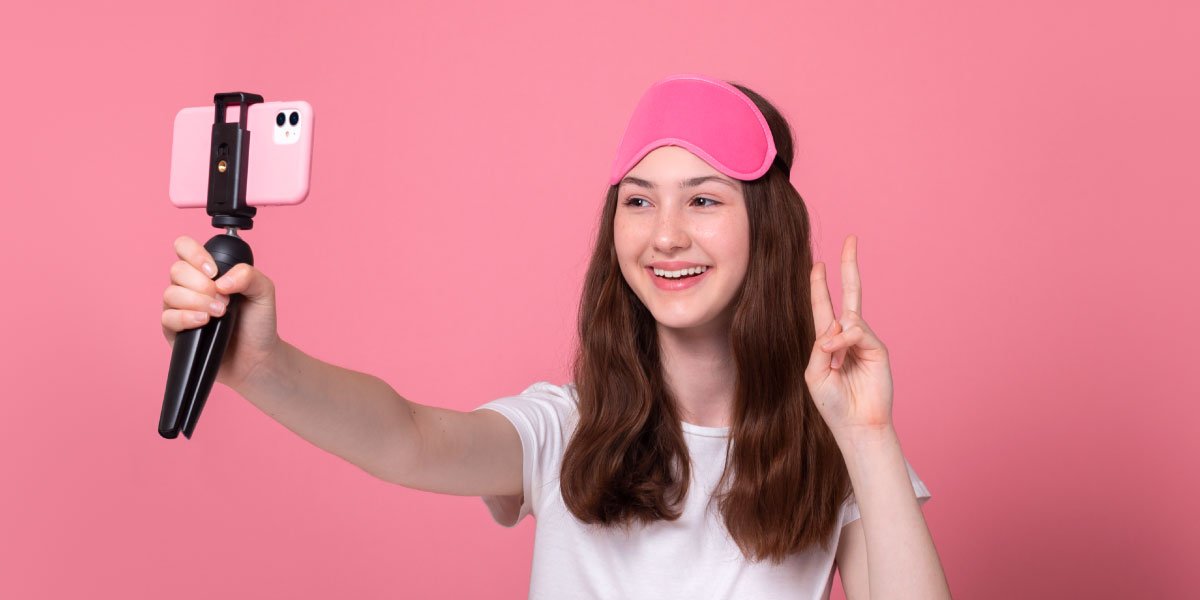
Too Immersive Is Bad for Kids
Virtual reality’s main marketing point is how immersive it can get. The problem is that kids aren’t as adept at differentiating reality and virtual reality as adults. Having children believe in Santa Claus might be fine, but if they’re talking to Nemo, they have to understand it’s not the real world. Immersiveness can also make violent experiences such as horror games much more exciting and damaging for children simultaneously.
Moreover, an immersive experience can make it so that children trust the technology too much. The idea of being more influenced by VR is a pro in education but a con in almost every other field. It just shows that much of the damage a VR headset can cause depends on the context.
No Parental Controls
There are no parental control apps for VR headsets at the moment of writing. The only exception is the Meta Quest product line. By introducing the option to put parental controls on Oculus (Meta Quest), Meta is one step ahead of the competition. Though they actually have parental controls, they’re still far from the advanced parental control features third-party apps like Safes can provide. You can sign up for a free trial and enjoy Safes’ various online safety features for free.
Is VR Safe for Children?
Virtual reality is as broad a term as reality itself, maybe even broader. Anything is possible in the realm of VR technology and we’re still experimenting with the different methods of interaction it provides.
To be on the safe side, it’s best to not let your child use a VR device if they’re under 13. If they’re over 13, make sure to time them and enforce regular breaks, even if they’re consuming educational content. All in all, virtual reality can definitely help your child in the classroom, but not so much at home. At least, not yet.
Your Child’s Online Safety Starts Here
Every parent today needs a solution to manage screen time and keep their child safe online.
Without the right tools, digital risks and excessive screen time can impact children's well-being. Safes helps parents set healthy boundaries, monitor activity, and protect kids from online dangers—all with an easy-to-use app.
Take control of your child’s digital world. Learn more about Safes or download the app to start your free trial today!
